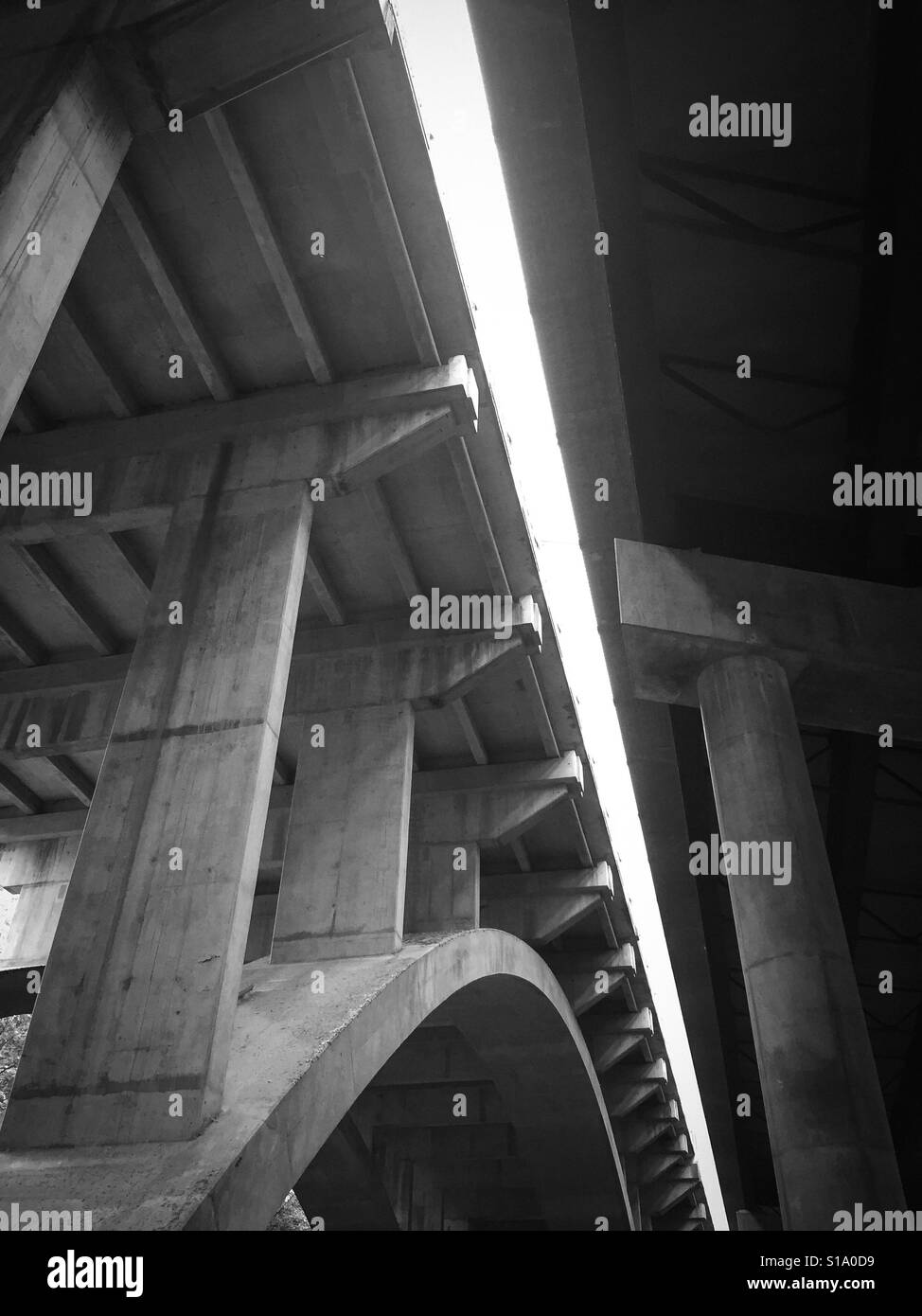


Just below the bridge is a wide-flange steel H-beam to protect it from over-height trucks. As years passed, this option would eventually become impractical, as it would require moving sewer lines and water pipes below the road surface, which would come at a high cost and cause important utilities to be shut down for weeks to months.Ī view from under the bridge, facing traffic. North Carolina attempted to fix the problem but was unable to obtain federal funding the accepted method of ameliorating the problem at the time was to dig for the road to go deeper, given that the Railway could not afford to rebuild the bridge altogether. The bridge on Gregson Street in particular was deemed "the granddaddy stopper-of-them-all", having collided with trucks at least seven times and causing $20,000 ($160,000 in 2021) worth of damage in 1968.

Īs early as the 1960s, several low bridges in Durham were an impediment to the area's industry as larger trucks began supplementing rail haulage. The railroad is located near various industrial buildings that at one time hosted tobacco and textile businesses. The bridge was designed in the 1920s and built in 1940 by the Southern Railway.

Later, in October 2019, the North Carolina Railroad Company, which owns the bridge and tracks, raised the bridge by 8 inches (20 cm) to 12 feet 4 inches (3.76 m) to reduce collisions and to eliminate the grade difference between the level crossing nearby and the bridge itself, although that is still well below the standard height. Henn has recorded 178 collisions with the bridge, including those after the bridge raising, and as of 2023 the YouTube channel he set up to showcase his recordings has 264,000 subscribers and more than 80 million views.ĭespite the number of crashes, a March 2014 report stated that only three injuries had been recorded, making rebuilding of the bridge a low-priority concern. The bridge gained fame as a nearby office worker, Jürgen Henn, set up cameras in 2008 to track the collisions with the bridge. Despite numerous warning signs about the low clearance, a large number of trucks, buses, and RVs have collided with the overpass at high speed, tearing off roof fixtures, and at times shearing off the trucks' roofs, earning the bridge the nicknames the "Can Opener" and the "Gregson Street Guillotine". Since 1973, the standard clearance for bridges was increased to a minimum height of 14 feet (4.27 m), which is 2 feet 4 inches (0.71 m) higher than the bridge as built, although bridges constructed before this date were not required to be rebuilt to meet the increased clearance requirement. The bridge was designed in the 1920s, with a clearance for vehicles of 11 feet 8 inches (3.56 m), the standard height at the time it opened. Built in 1940, the bridge allows passenger and freight trains to cross over South Gregson Street in downtown Durham. The Norfolk Southern–Gregson Street Overpass, also known as the 11-foot-8 Bridge, is a railroad bridge in Durham, North Carolina, United States. Here is the presentation.įor more information visit the TSPLOST Project 5 page, or Greenway page.12 ft 4 in (3.76 m) (as of October 2019 ) Two public meetings were hosted online on Thursday, April 23 and Thursday, April 30, in which Leisure Services Department staff presented the proposed plans and answered questions from the public. The balance of the funding would be put towards funding the high priority projects in the approved 2016 Greenway Network Plan and/or used to match funding for state and/or federal grants to allow additional Greenway Projects to be completed.Ī comment form was available between April 3rd and May 8th at midnight. Projects include the completion of the Mayor and Commission previously approved SPLOST 2011 sub-projects that require additional funding for completion. This project will provide for capital improvements of greenway corridors and connectors along the Oconee Rivers following the Mayor and Commission approved Greenway Network Plan, as may be amended from time to time. TSPLOST Project #5 - Oconee Rivers Greenway Project Statement The trail traverses along the eastern side of the North Oconee River. The Oak/Oconee Street Bridge Greenway Underpass will begin at the existing greenway section in Dudley Park and proceeds south to the Easley’s Mill greenway trailhead.


 0 kommentar(er)
0 kommentar(er)
